Muitos Observam O Pôr Do Sol, Poucos Observam O Pôr Da Lua, Raríssimos São Aqueles Que Contemplam

Muitos observam o pôr do Sol, poucos observam o pôr da Lua, raríssimos são aqueles que contemplam os pôres do Sol e da Lua simultaneamente!
📅 Data de registro: 5 de agosto de 2024 às 18:26
More Posts from Carlosalberthreis and Others

A aparência plácida da NGC 4889 pode enganar o observador desavisado. Mas a galáxia elíptica, mostrada nessa nova imagem feita pelo Telescópio Espacial Hubble, guarda um segredo obscuro. No seu coração existe um dos buracos negros mais massivos já descobertos.
Localizado a cerca de 300 milhões de anos-luz de distância no Aglomerado coma, a gigantesca galáxia elíptica NGC 4889, a maior e mais brilhante galáxia nessa imagem, é o lar de um buraco negro supermassivo quebrador de recordes. Com 21 bilhões de vezes a massa do Sol, esse buraco negro tem um horizonte de eventos – a superfície de onde nem mesmo a luz pode escapar – com um diâmetro de aproximadamente 130 bilhões de quilômetros. Isso é cerca de 15 vezes o diâmetro da órbita de Netuno ao redor do Sol. Por comparação, o buraco negro supermassivo no centro da nossa galáxia, a Via Láctea, acredita-se tenha uma massa de cerca de 4 milhões de vezes a massa do Sol e um horizonte de eventos tem um tamanho equivalente a um quinto da órbita de Mercúrio.
Mas o tempo quando o buraco negro da NGC 4889 engolia as estrelas e devorava poeira é passado. Os astrônomos acreditam que o gigantesco buraco negro parou de se alimentar, e está atualmente descansando. O ambiente dentro da galáxia está agora tão tranquilo que as estrelas estão se formando a partir do gás remanescente e não perturbado ao redor do buraco negro.
Quando estava ativo, o buraco negro supermassivo da NGC 4889 foi energizado pelo processo de acreção quente. Quando o material galáctico, como o gás, a poeira e outros detritos, caia vagarosamente em direção ao buraco negro, ele se acumulou e formou o disco de acreção. Orbitando o buraco negro, esse disco em rotação de material foi acelerado pela imensa força gravitacional do buraco negro e foi aquecido a milhões de graus. Esse material aquecido também expeliu jatos gigantescos e muito energéticos. Durante esse período, os astrônomos teriam classificado a NGC 4889 como um quasar e o disco ao redor do buraco negro supermassivo teria emitido uma energia mil vezes maior do que a energia da Via Láctea.
O disco de acreção sustentou o apetite do buraco negro supermassivo até que o suprimento de material galáctico se exaurisse. Agora, descansando, enquanto espera o próximo lanche celeste, o buraco negro supermassivo está dormente. Contudo, sua existência permite que os astrônomos avancem no conhecimento sobre como e onde os quasares, esses objetos ainda misteriosos e elusivos, se formaram nos primeiros dias de vida do universo.
Embora seja impossível observar diretamente um buraco negro, já que a luz não pode escapar da força gravitacional, sua massa pode ser indiretamente determinada. Usando instrumentos no Observatório Keck II e Telescópio Gemini Norte, os astrônomos mediram a velocidade com a qual as estrelas estão se movendo ao redor do centro da NGC 4889. Essas velocidades, que dependem da massa do objeto que elas orbitam, revelaram a imensa massa do buraco negro supermassivo.
Fonte:
http://spacetelescope.org/news/heic1602/
����$����
Juno: Inside the Spacecraft

Our Juno spacecraft was carefully designed to meet the tough challenges in flying a mission to Jupiter: weak sunlight, extreme temperatures and deadly radiation. Lets take a closer look at Juno:
It Rotates!

Roughly the size of an NBA basketball court, Juno is a spinning spacecraft. Cartwheeling through space makes the spacecraft’s pointing extremely stable and easy to control. While in orbit at Jupiter, the spinning spacecraft sweeps the fields of view of its instruments through space once for each rotation. At three rotations per minute, the instruments’ fields of view sweep across Jupiter about 400 times in the two hours it takes to fly from pole to pole.
It Uses the Power of the Sun

Jupiter’s orbit is five times farther from the sun than Earth’s, so the giant planet receives 25 times less sunlight than Earth. Juno will be the first solar-powered spacecraft we’ve designed to operate at such a great distance from the sun. Because of this, the surface area of the solar panels required to generate adequate power is quite large.

Three solar panels extend outward from Juno’s hexagonal body, giving the overall spacecraft a span of about 66 feet. Juno benefits from advances in solar cell design with modern cells that are 50% more efficient and radiation tolerant than silicon cells available for space missions 20 years ago. Luckily, the mission’s power needs are modest, with science instruments requiring full power for only about six out of each 11-day orbit.
It Has a Protective Radiation Vault

Juno will avoid Jupiter’s highest radiation regions by approaching over the north, dropping to an altitude below the planet’s radiation belts, and then exiting over the south. To protect sensitive spacecraft electronics, Juno will carry the first radiation shielded electronics vault, a critical feature for enabling sustained exploration in such a heavy radiation environment.
Juno Science Payload:
Gravity Science and Magnetometers – Will study Jupiter’s deep structure by mapping the planet’s gravity field and magnetic field.

Microwave Radiometer – Will probe Jupiter’s deep atmosphere and measure how much water (and hence oxygen) is there.

JEDI, JADE and Waves – These instruments will work to sample electric fields, plasma waves and particles around Jupiter to determine how the magnetic field is connected to the atmosphere, and especially the auroras (northern and southern lights).
JADE and JEDI

Waves

UVS and JIRAM – Using ultraviolet and infrared cameras, these instruments will take images of the atmosphere and auroras, including chemical fingerprints of the gases present.
UVS

JIRAM

JunoCam – Take spectacular close-up, color images.

Follow our Juno mission on the web, Facebook, Twitter, YouTube and Tumblr.
Make sure to follow us on Tumblr for your regular dose of space: http://nasa.tumblr.com
What’s Up for June 2016?
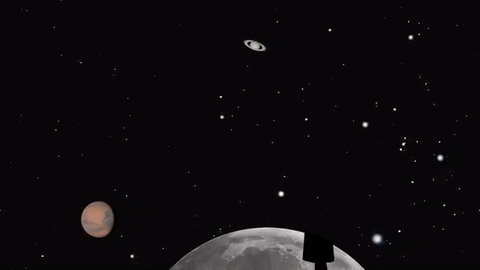
What’s Up for June? Saturn at its best! Plus, good views of Mars, Jupiter and Jupiter’s moons continue from dusk to dawn.

You don’t have to stay up late to see Jupiter, Mars and Saturn this month, because they’re all visible soon after sunset. Jupiter is the brightest of the three, visible in the western sky all evening.

The four Galilean moons are easily visible in binoculars or telescopes. If you think you’re seeing 5 moons on June 10th, you’re not. One of them is a distant star in the constellation Leo.

For telescope viewers, the time near Mars’ closest approach to Earth, May 30th this year, is the best time to try to see the two moons of Mars: Phobos and Deimos. It takes patience, very steady skies and good charts! Mars is still large and bright in early June, but it fades as speedy Earth, in its shorter orbit around the sun, passes it.

Saturn has been close to Mars recently. This month Saturn reaches opposition, when Saturn, Earth and the sun are in a straight line with Earth in the middle, providing the best and closest views of the ringed beauty and several of its moons. You’ll be able to make out cloud bands on Saturn, in delicate shades of cream and butterscotch. They’re fainter than the bands of Jupiter. Through a telescope you’ll see Saturn’s rings tilted about as wide as they get: 26 degrees.

You’ll also have a ring-side view of the Cassini division, discovered by Giovanni Domenico Cassini, namesake of our Cassini spacecraft, orbiting Saturn since 2004 and continuing through September 2017. When you look at Saturn through a telescope, you can’t help but see several of its 4 brightest moons, and maybe more. If you just see one, that’s Titan, 50% larger than our own moon. A telescope can also reveal more moons, like Saturn’s two-colored moon Iapetus. It takes 3 months to orbit Saturn, and it’s fairly easy to see.

There’s a bright comet visible this month, Comet PanSTARRS. It’s best seen from the southern hemisphere, but it’s also visible from the U.S. low in the morning sky. Comet PanSTARRS can be seen through a telescope near the beautiful Helix Nebula on June 4, but it is visible all month.

Watch the full June “What’s Up” video for more: https://youtu.be/M7RtIa9zBYA
Make sure to follow us on Tumblr for your regular dose of space: http://nasa.tumblr.com
What’s Up - February 2018
What’s Up For February?

This month, in honor of Valentine’s Day, we’ll focus on celestial star pairs and constellation couples.

Let’s look at some celestial pairs!

The constellations Perseus and Andromeda are easy to see high overhead this month.

According to lore, the warrior Perseus spotted a beautiful woman–Andromeda–chained to a seaside rock. After battling a sea serpent, he rescued her.

As a reward, her parents Cepheus and Cassiopeia allowed Perseus to marry Andromeda.

The great hunter Orion fell in love with seven sisters, the Pleiades, and pursued them for a long time. Eventually Zeus turned both Orion and the Pleiades into stars.

Orion is easy to find. Draw an imaginary line through his belt stars to the Pleiades, and watch him chase them across the sky forever.

A pair of star clusters is visible on February nights. The Perseus Double Cluster is high in the sky near Andromeda’s parents Cepheus and Cassiopeia.

Through binoculars you can see dozens of stars in each cluster. Actually, there are more than 300 blue-white supergiant stars in each of the clusters.

There are some colorful star pairs, some visible just by looking up and some requiring a telescope. Gemini’s twins, the brothers Pollux and Castor, are easy to see without aid.

Orion’s westernmost, or right, knee, Rigel, has a faint companion. The companion, Rigel B, is 500 times fainter than the super-giant Rigel and is visible only with a telescope.

Orion’s westernmost belt star, Mintaka, has a pretty companion. You’ll need a telescope.

Finally, the moon pairs up with the Pleiades on the 22nd and with Pollux and Castor on the 26th.
Watch the full What’s Up for February Video:
There are so many sights to see in the sky. To stay informed, subscribe to our What’s Up video series on Facebook.
Make sure to follow us on Tumblr for your regular dose of space: http://nasa.tumblr.com.
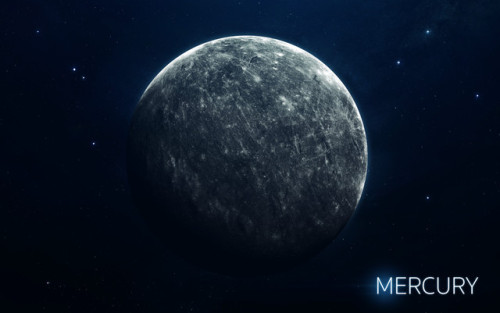
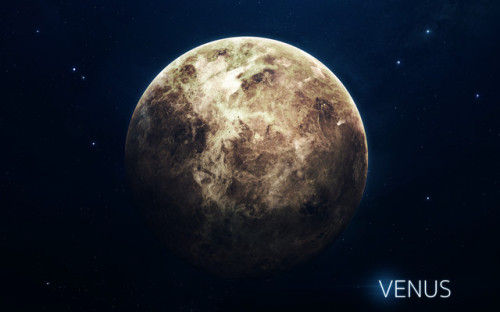

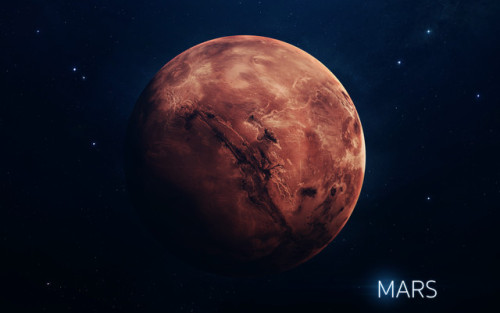
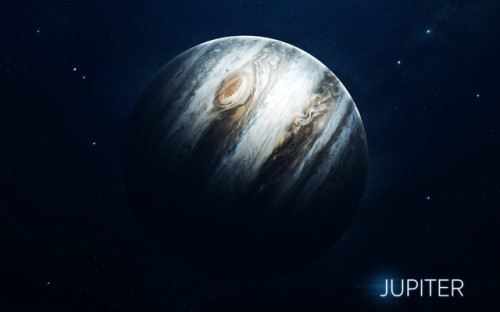
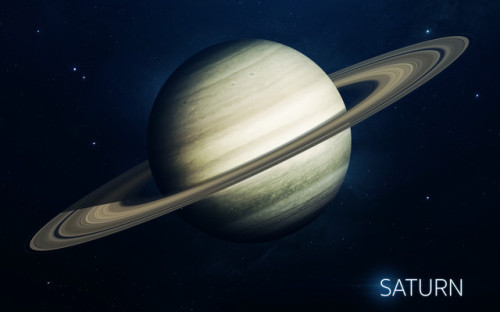
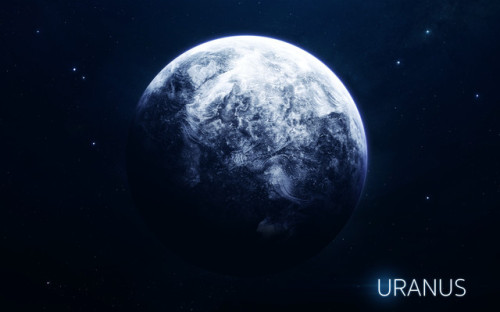
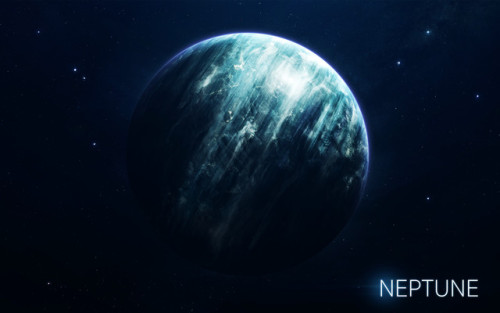
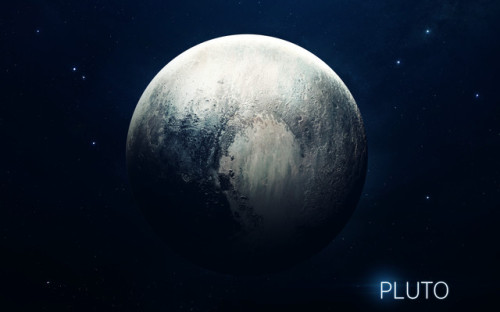
Berries - Vadim Sadovski
Não sei se vocês sabem, mas a nossa galáxia, a Via Láctea, possui uma estrutura típica.
Podemos dividir a galáxia em:
Disco galáctico - que pode ser dividido em núcleo, bulbo e braços espirais.
Os aglomerados globulares
E o halo.
O halo da Via Láctea, se estende por cerca de 300 mil anos-luz, estima-se que a massa do halo seja comparável à massa de todas as estrelas da Via Láctea.
Embora a estrutura básica da galáxia seja conhecida, existem questões que ainda estavam em aberto, como por exemplo, o fato, de muitos assumirem que o disco da Via Láctea tenha uma rotação, enquanto que o enorme halo de gás seja estacionário.
Porém, pesquisadores usando dados de arquivo obtidos pelo telescópio espacial da ESA, XMM-Newton, mostraram que o reservatório de gás da Via Láctea também tem um movimento de rotação.
Basicamente, os pesquisadores mediram os desvios no comprimento de onda da luz usado linhas de oxigênio muito quente, que são bem registradas pela XMM-Newton.
Esses desvios foram transformados em velocidade, e com isso os pesquisadores descobriram que o halo tem um movimento de rotação na mesma direção do disco e com uma velocidade parecida.
O disco tem uma velocidade de 540000 mph e o halo 400000 mph.
Esse resultado é muito importante, pois ele pode ajudar a entender um grande problema que acontece com a maioria das galáxias, que é sobre a matéria perdida, conhecendo a direção e a velocidade com a qual o halo rotaciona, é possível saber como o material foi parar ali e qual a taxa com que a matéria se estabeleceu ali.
Além disso, a descoberta da rotação do halo galáctico pode fornecer pistas incríveis sobre como se deu a formação da Via Láctea e qual será eventualmente o seu destino.
Ainda mais, essa descoberta pode ser usado para muitos outros tópicos como no desenvolvimento de futuros telescópios espaciais destinados a estudar a emissão de raio-X.
(via https://www.youtube.com/watch?v=3rJJ_G3Vl88)
Feliz Aniversário, Mãe!
Feliz Aniversário, Mãe! Sempre vou estar ao seu lado, independente das situações em que a vida nos impõe! 🎂🎂🎂🎂🎂🎉🎉🎉🎉🎉🎈🎈🎈🎈🎈

🌟 🎶 Esse amor não tem fim
Já faz parte de mim
Te amo CAPRICHOSO
E vai ser pra sempre assim
Nasci pra amar você
De azul até morrer
Não há um amor maior
Do amor que eu sinto por você! 🎶 💙
O Telescópio Espacial que tanto amamos acaba de ser usado para descobrir que a expansão do universo é mais acelerada do que se pensava anteriormente. De acordo com as medidas do Hubble, o universo está expandindo entre 5% e 9% mais rápido do que se pensava. Comparando os seus resultados com os resultados obtidos com medições feitas da radiação cósmica de fundo.
Os astrônomos usaram a WFC3 do Hubble para observar galáxias contendo as duas réguas que comentamos no início, estrelas variáveis Cefeidas e supernovas do Tipo Ia. Unindo essas observações com técnicas avançadas de processamento de dados eles conseguiram definir com maior precisão a chamada constante de Hubble e chegar a conclusão de que o universo está se expandindo mais rápido do que o esperado.
(via https://www.youtube.com/watch?v=OtLM_o8xRTM)

É um evento único, que ficará em nossas memórias.
📅 Data de registro: 5 de agosto de 2024 às 18:24
